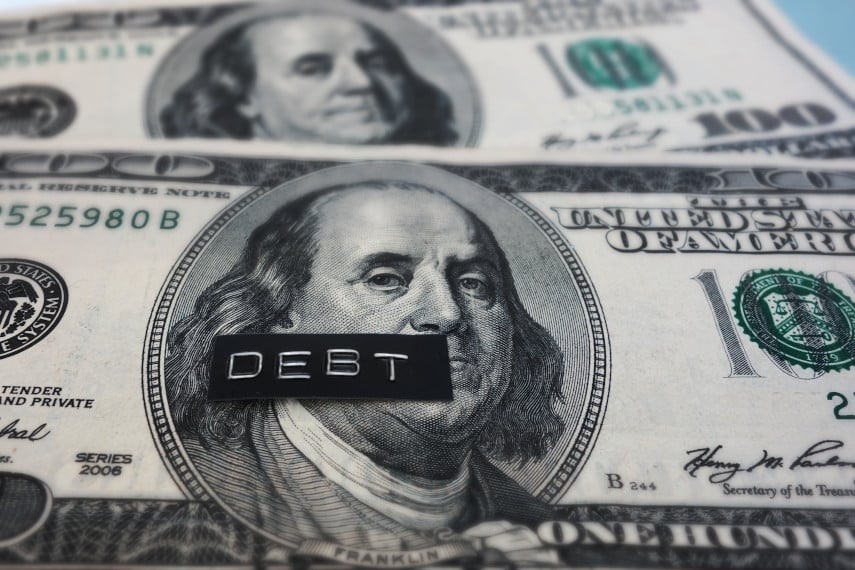
The Federal Reserve Bank of New York announced last week that total US household debt has just risen past levels not seen since the 2008 financial crisis. Household debt includes mortgage loans, student loans, and auto loans. Student loans, in particular, have nearly tripled. And while the total household debt outstanding is just now passing the 2008 levels, the percentage of income Americans devote to paying down debt plummeted in 2008 and remains low. Since wage growth hasn’t been too great over the past decade, that means that there’s a mountain of debt out there that isn’t being paid off. That doesn’t bode well for the future.
Some analysts are downplaying the increasing levels of debt because the percentage of mortgage debt is lower than it was in 2008. But that ignores two things. First, when you are holding an unsustainable amount of debt it doesn’t matter how it’s allocated. If you pay down your mortgage by $20,000 but rack up $30,000 in new credit card debt, you’re worse off.
New Bubbles Can Form in Other Sectors
Secondly, so much of the government and regulatory response to the last financial crisis was reacting to the housing bubble, and many of the new laws and regulations that have been enacted since 2008 were intended to stop a future housing bubble. But if you try to stop a housing bubble but keep pumping money and credit into the financial system, that new money and credit will form bubbles in other sectors, like auto loans, student loans, agricultural land, commercial real estate, etc.
Politicians and regulators are so focused on preventing another housing bubble that they ignore the mountains of debt that are being created elsewhere in the economy. They also are ignorant of the fact that these bubbles are created because of the Federal Reserve’s easy money policies. In the aftermath of the last housing bubble the Fed turned on the spigot even more, pumping trillions and trillions of dollars into the financial system. We’re starting to see the bubble signs, with household debt rising, housing prices heating up, and stock markets reaching all-time highs in recent months.
What to do When Financial Crisis Strikes
That’s why it’s more important than ever for people to get their finances in order. The warning signs of the coming financial crisis are flashing brightly for all to see, but few seem to be paying attention. Those who make the right decisions now to secure their financial future will be well-positioned to ride out the rocky economy that is on the horizon.
One of the best choices for securing your financial future is by investing in gold and silver. Gold and silver have served as safe haven assets for centuries. When money dies, when governments collapse, when economies go topsy-turvy, gold and silver remain as solid anchors of financial stability. These precious metals maintain their purchasing power over the long run, and during times of financial turmoil will even appreciate in value.
Investing in gold and silver today is a smart move to securing your financial future. Saving and investing for decades in preparation for retirement but then losing everything to a stock market crash would be heartbreaking. And given the weak economy and job market, anyone losing a significant portion of their retirement savings today would find it nearly impossible to work long enough to earn it back. Gold and silver IRAs can protect your retirement savings from a stock market crash, ensuring that you’re able to live out your golden years in peace. Don’t delay, safeguard your savings now before it’s too late.






